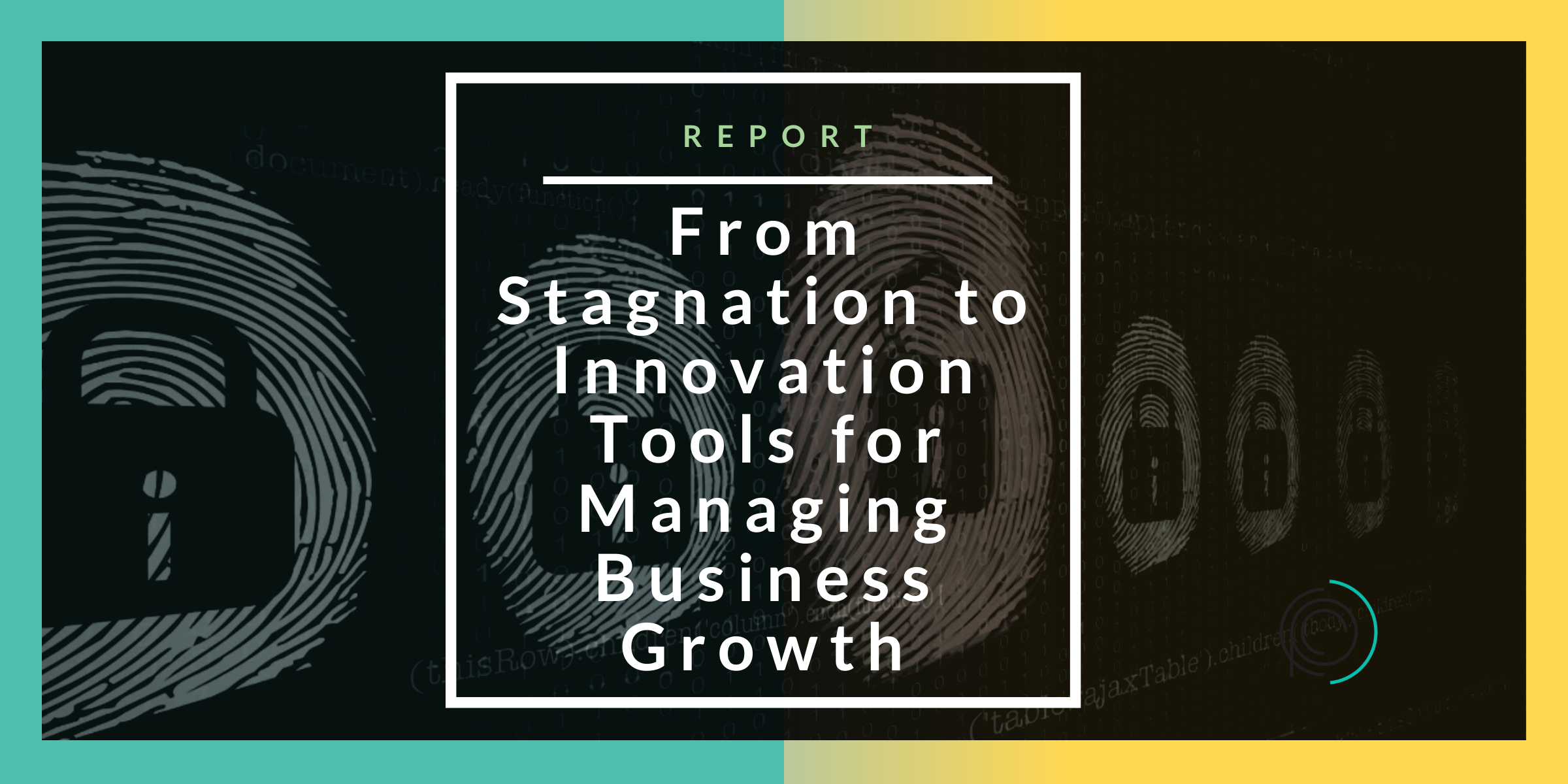Ready for Change? How Preparedness and Communication Drive Successful Transitions
Every organization, regardless of size or industry, will inevitably reach a point where it must make some adjustments to remain competitive and achieve long-term success. These changes may range from minor adaptations in processes to major shifts in strategy or structure. However, the implementation of such changes can be a daunting task, particularly if there is no well-defined plan in place. Without proper planning and execution, a change initiative can easily stumble and result in wasted resources, decreased workforce morale, and potentially even legal consequences.
Therefore, organizations must approach any changes carefully, ensuring that they are thoroughly prepared and equipped to navigate through the transition. Taking a careless approach to organizational change can prove to be detrimental in the long run. It is necessary to develop a comprehensive strategy, clearly define the objectives of the change, and communicate this vision effectively to all stakeholders involved. By doing so, the organization can lay a solid foundation for a successful transformation.
One important aspect of ensuring the success of an organizational change is assessing the readiness of the team. Change, even when positive, can be met with resistance from employees who may feel uncertain or apprehensive about the unknown. It is therefore crucial for leaders to engage with their teams, foster open communication, and address any concerns or fears that may arise. Building trust and providing support throughout the change process will not only alleviate anxiety but also facilitate a more seamless transition.
Additionally, organizations must actively monitor the impact of the change and be willing to make any necessary adjustments along the way. This requires a culture of agility and adaptability within the organization, where feedback is encouraged and learning from mistakes is embraced. By continuously evaluating the progress and making course corrections when needed, a company can ensure that the change initiative stays on track and delivers the desired outcomes.
Implementing organizational change is a complex and critical undertaking for any company. It is vital to approach it with careful planning, effective communication, and a readiness to address any challenges that may arise. By doing so, organizations can enhance their competitiveness, drive long-term success, and ensure the well-being of their workforce throughout the transformation process.
- Assess the Current Situation: Before embarking on any change initiative, it’s absolutely vital to meticulously assess the current state of affairs. This involves a deep dive into understanding the components that might not be performing up to par and pinpointing the specific reasons for their inefficiencies. Grasping the “why” is not a superficial task—it demands a thorough examination of the present state to fully comprehend the myriad factors contributing to the existing situation. A useful resource for this process can be found here present state to fully comprehend the factors that have led to the current situation.
To achieve a well-rounded understanding, initiating open and honest discussions with team members is crucial. Their day-to-day experiences can offer invaluable insights into the operational challenges being faced. Beyond conversations, actively soliciting their feedback through structured surveys or informal check-ins can shed light on areas needing improvement from their perspective. This collective input is essential for painting a comprehensive picture of the current challenges.
Moreover, this foundational step is not just about identifying problems. It serves as the groundwork for building a compelling case for change. By thoroughly understanding the issues at hand and armed with evidence and perspectives gathered from your team, you can construct a persuasive argument that resonates with both your team members and key stakeholders. This not only enhances the likelihood of garnering widespread support for the initiative but also significantly boosts the chances of its successful implementation. Engaging in this detailed preparatory work underscores the seriousness of your commitment to change and sets a positive tone for the transformative journey ahead.
2. Plan Carefully: Once you’ve identified the need for change, embarking on a meticulous planning process becomes imperative. Crafting a detailed and comprehensive plan for your initiatives is crucial. These initiatives should be selected with a keen eye on their potential impact on a variety of key players, including your team, stakeholders, customers, and vendors. It’s paramount to acknowledge that the organization’s internal and external supply chains are deeply interconnected, meaning actions taken in one area can ripple through the entire system.
To pave the way for the project’s success, it is essential to clearly specify the scope, establish a realistic timeline, delineate roles and responsibilities, and allocate resources efficiently. A thoroughly developed plan doesn’t just serve as a roadmap; it also plays a vital role in identifying potential hurdles in advance, allowing for the formulation of effective contingency strategies. This proactive approach not only streamlines the implementation process but also enhances the project’s resilience to unforeseen challenges, ensuring a smoother path to achieving the desired outcomes.
3. Communicate Effectively: The cornerstone of successfully implementing change within any organization hinges on the ability to communicate effectively. It’s not just about broadcasting information; it’s about engaging in a two-way dialogue. To ensure the success of any change initiative, it is vital to articulate the reasons behind the change clearly. This involves laying out the objectives, explaining what is expected from each team member, and elucidating how the change will affect everyone involved, referencing resources that can offer deeper insight, such as https://cpcchangeagent.com/post/think-youre-an-anomaly-why-you-still-need-change-management/. Transparency throughout this process cannot be overstated; it is the linchpin in maintaining trust and ensuring that team members feel respected and valued.
Continuously providing regular updates as the project progresses is essential. This keeps everyone on the same page and can help mitigate any feelings of uncertainty or anxiety that might arise due to the change. But communication should not be a one-way street. Creating an environment that encourages team members to voice their feedback and concerns is equally important. This means fostering a culture where open discussions are welcomed, and where every piece of feedback is considered valuable. Actively listening to the team’s input is not just about hearing what they have to say; it’s about understanding their perspective, addressing any issues they highlight, and incorporating their ideas where possible. This approach not only helps in smoothing out potential bumps in the road but also engenders a sense of ownership among team members; they’re not just bystanders to the change but active participants in it.
In essence, effective communication is a multifaceted strategy when it comes to implementing change. It requires clarity, transparency, regular updates, and an open-door policy for feedback and concerns. By adhering to these principles, the change process is more likely to be embraced by the team, leading to a successful and positive outcome.
4. Train and Develop Your Team: Training and developing your team are crucial aspects of ensuring they can successfully achieve the goals of a project. It is important to provide them with training sessions focused on introducing them to new tools, processes, and procedures that will enhance their capabilities. Additionally, encouraging your team members to develop new skills that align with the project’s objectives can greatly benefit their growth and progress.
By offering training on new tools, your team will become more fluent and adept in utilizing the latest technologies and applications. This will enable them to efficiently manage their tasks and streamline their workflows. Similarly, training on new processes and procedures will provide them with the necessary knowledge to navigate through any changes implemented during the project. This way, they can adapt quickly and effectively, reducing any potential setbacks.
Furthermore, fostering an environment that encourages individuals to develop new skills is beneficial for both the team and the project. By expanding their skill sets, team members can unlock new opportunities to contribute to the project’s success. This not only promotes personal growth but can also enhance their job satisfaction and motivation. Team members who feel valued and empowered are likely to display higher levels of commitment and dedication to the project.
Improving your team’s confidence through training and development sessions has a direct impact on their productivity. When team members feel competent and knowledgeable, they are more likely to tackle challenges with ease and efficiency. This sense of self-assurance translates into higher-quality work and increased output. Moreover, team members who receive training and feel supported in their development are more inclined to take on new responsibilities, leading to a more dynamic and capable team overall.
Training and developing your team are vital to ensuring that they can meet the project’s goals successfully. Providing them with the necessary tools, processes, and procedures equips them to handle any tasks that come their way. Encouraging them to develop new skills aligning with the project’s objectives promotes personal growth, which in turn enhances their commitment and productivity. By investing in your team’s training and development, you are investing in the success of your project.
5. Evaluate and Adjust: In wrapping up, it cannot be overstated how vital it is to thoroughly evaluate the success of any project and implement essential modifications where needed. For a change initiative to be successful, it’s imperative to set clear, measurable objectives right from the start and consistently monitor progress against these benchmarks. This monitoring not only helps in determining if the project is on track to meet its predetermined goals but also enables timely interventions if it’s not.
Throughout the execution of the project, actively seek out and value feedback from your team members. Their insights can be incredibly valuable in identifying areas that may require additional focus or a different approach. If, upon review, it becomes clear that the goals are not being achieved as expected, don’t hesitate to return to the planning phase. This may involve reevaluating the strategies in place, making necessary adjustments, and even setting new goals if the situation demands.
However, focusing solely on areas for improvement should not overshadow recognizing and celebrating the successes, no matter how small they may seem. Acknowledging accomplishments is a powerful tool for maintaining high morale among team members. Celebrating these wins fosters a positive work environment and motivates everyone involved to continue working towards the project’s ultimate success. In essence, the process of evaluating and adjusting is a dynamic and ongoing one, essential for the growth and improvement of any project.
Change is inevitable, but with proper planning and execution, it can lead to positive outcomes for your organization. By taking the steps outlined above, you can avoid a false start and implement change successfully while ensuring your team is ready and committed to the initiative. Remember, effective communication, careful planning, and adaptability are essential to successfully implement change and guarantee its long-term success. If you would like to explore how you can plan for, and execute a successful change initiative, contact one of our experts today.







